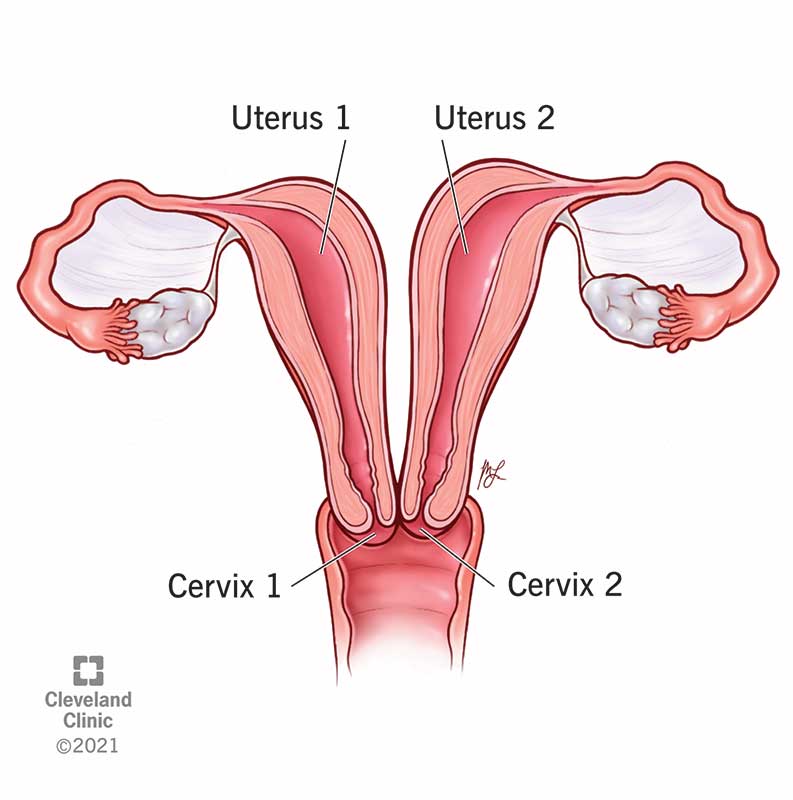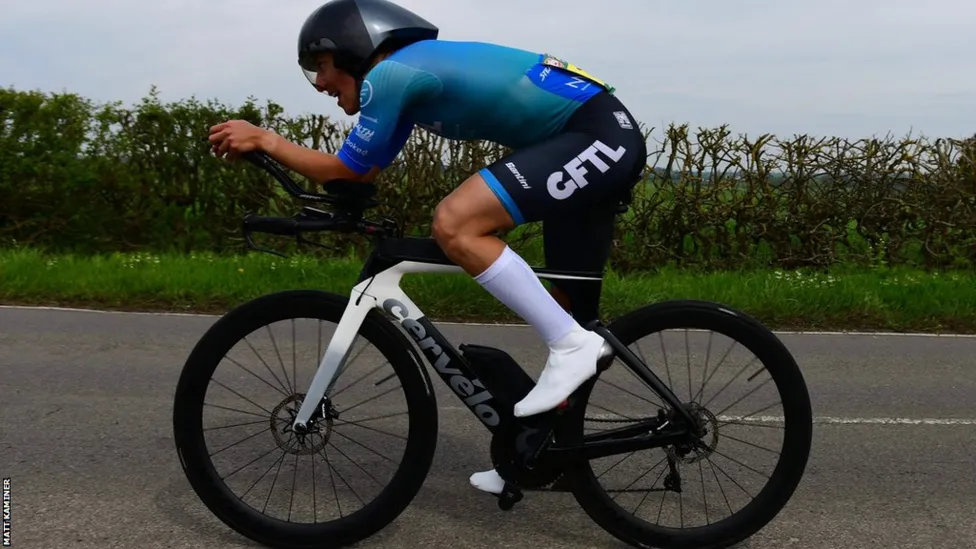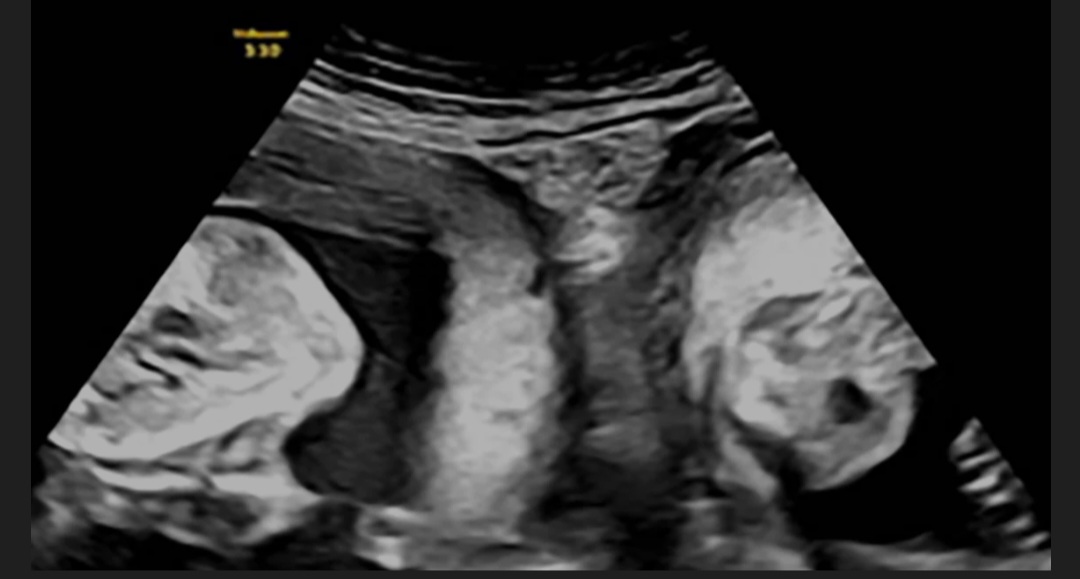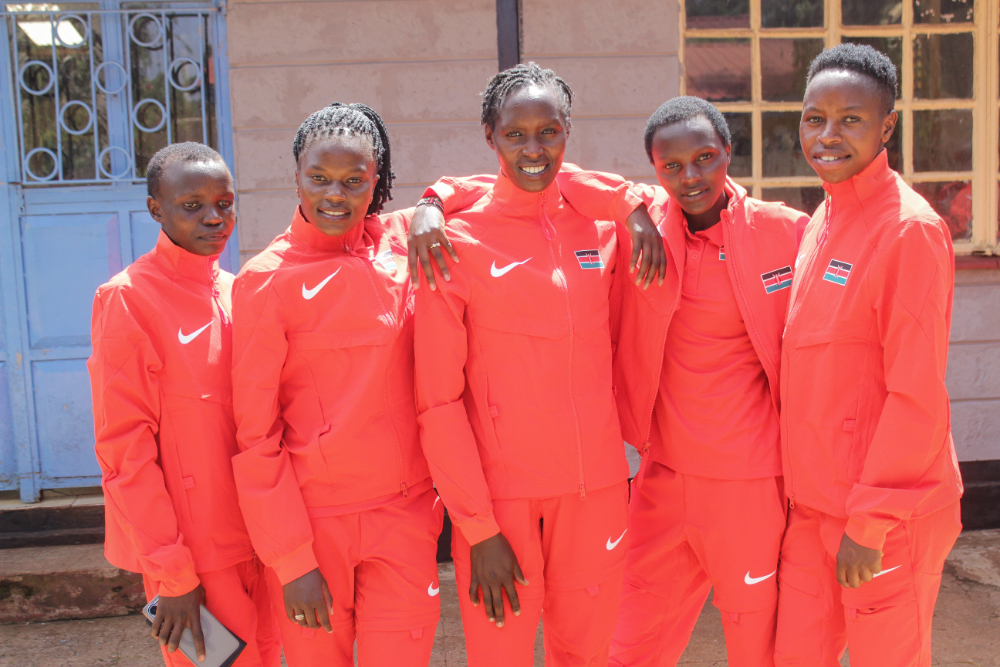A woman in northwestern China successfully delivered twins from two separate wombs last month at Xi’an People’s Hospital.
The hospital, located in Shaanxi province shared this extraordinary story, with health officials hailing it as a “one in a million” occurrence.
“It is extremely rare for twins to be conceived naturally in each cavity of the uterus, and even rarer for them to be carried to term,” Xi’an hospital said on its official social media platform Weibo on September 18, 2024.
The mother, identified only by her last name Li, gave birth to a boy and a girl through a caesarean section.
This incredible event was made possible by the fact that Li was born with a rare condition known as uterus didelphys, where a woman has two separate uterine cavities.
According to Cleveland Clinic, uterus didelphys affects only about 0.3% of women globally, and it’s even rarer for a woman with the condition to conceive and carry a child in each womb simultaneously.
Li’s story appeared to have a happy ending under such difficult circumstances, with the hospital confirming that she had miscarried a prior pregnancy.
But in January, Li fell pregnant again, and an early ultrasound revealed that she was carrying twins, one in each womb.
Following “close and strict” medical monitoring, she “successfully” gave birth to a boy weighing 7 pounds, 19 ounces and a girl weighing 5 pounds, 30 ounces, according to the hospital.
Medical significance

This rare case shines a spotlight on the complexities of human reproduction and the resilience of the female body.
Uterus didelphys occurs during embryonic development when two tubes that typically fuse to form one uterus remain separate.
Women with the condition often go undiagnosed unless they experience unusual reproductive challenges.
While uterus didelphys doesn’t necessarily affect fertility, it can complicate pregnancy.
The fact that Li carried both babies to term is remarkable and adds to the growing body of case studies on how such conditions are managed in modern medicine.
A Rare but Not Impossible Case
Cases like Li’s, while rare, offer hope and inspiration to women with uterus didelphys or other similar reproductive conditions.
With close monitoring and advanced medical intervention, pregnancies that once seemed impossible are now becoming success stories.
As Li and her newborn twins recover and begin their lives together, her case will likely be studied and referenced in future medical literature,
offering insights into the potential for successful outcomes even in the most unique reproductive scenarios.












